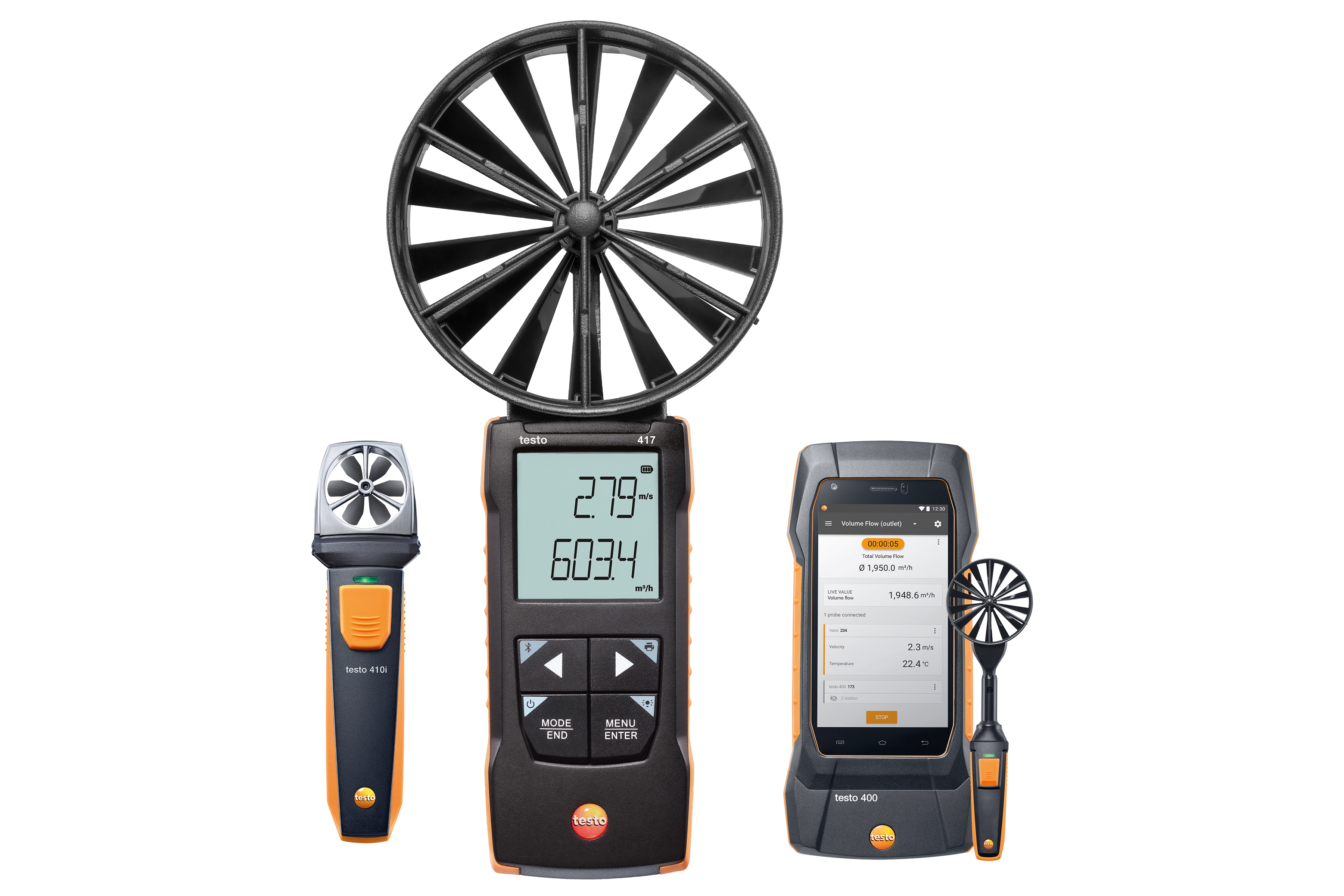Choosing the Right Anemometer: A Comprehensive Buying Overview
Choosing the Right Anemometer: A Comprehensive Buying Overview
Blog Article
All You Required to Know Regarding Anemometers: How They Work, Why They Issue, and Where to Utilize Them
Anemometers, though often ignored in the realm of clinical instruments, play an essential function in various fields, supplying valuable understandings right into wind rate and airflow patterns. Understanding the mechanics behind these tools is essential for any person looking for to harness the power of this data. From meteorologists tracking weather condition patterns to designers creating frameworks with wind tons in mind, the applications of anemometers are diverse and far-ranging. As we explore the complexities of anemometer modern technology, we will uncover the internal workings of these tools, their significance, and the key factors to consider when choosing the best anemometer for specific applications.

Anemometer Basics
An important instrument utilized to determine wind speed and instructions, the anemometer plays an essential function in weather forecasting and numerous industries. An anemometer usually includes 3 or 4 cups that turn in the wind, a vane that points right into the wind, and sensors to track the movements or rotations. By determining the rotations or motions over a specific amount of time, the anemometer can identify wind speed. The vane assists establish wind direction by aiming into the wind, giving useful data for weather projecting, aeronautics, maritime procedures, environmental monitoring, and wind energy applications.
There are numerous kinds of anemometers available, including mug anemometers, vane anemometers, hot-wire anemometers, and sonic anemometers, each with its unique features and applications. Mug anemometers are typically used for basic wind rate dimensions, while vane anemometers are liked for directional dimensions.
Concepts of Anemometer Operation
Structure on the fundamental understanding of anemometer basics, the concepts of anemometer operation clarify the auto mechanics behind wind rate and instructions measurements. Mug anemometers, for circumstances, have 3 or even more mugs that capture the wind, triggering them to spin faster as the wind rate boosts. Hot-wire anemometers depend on a heated cord that cools down as wind passes over it, with the price of cooling figuring out the wind speed.
Importance of Anemometers
The relevance of anemometers in meteorology and various industries can not be overstated. Anemometers play a crucial duty in measuring wind rate and instructions, supplying important information for weather forecasting, climate research studies, ecological tracking, and aviation operations. Meteorologists depend on anemometers to gather accurate wind information, aiding them recognize weather condition patterns, predict tornados, and issue timely warnings to the general public. In markets such as building and construction, farming, renewable resource, and maritime procedures, anemometers are made use of to maximize processes, ensure security, and boost efficiency. As an example, wind farm drivers make use of anemometers to analyze wind conditions and maximize electrical energy production from wind generators. In the maritime industry, anemometers aid ship navigating by offering real-time wind details to captains, aiding them make informed decisions to ensure safe voyages. In general, anemometers are indispensable tools that add my link significantly to safety, efficiency, and educated decision-making in meteorology and a large range of sectors.
Applications Across Different Industries
Applications of anemometers extend across varied industries, showcasing their convenience and utility past weather forecasting. In the renewable resource industry, anemometers play an essential function in evaluating wind conditions for wind farm positionings, making sure optimal energy production. Industries like building and construction and mining make use of anemometers to keep track of wind rates, vital for safety and security methods, especially when operating at heights or in open-pit mines where solid winds can posture risks. Anemometers are additionally integral in the aviation industry, assisting pilots in recognizing airspeed and wind direction for risk-free liftoffs and landings. The maritime sector take advantage of anemometers for ship navigating, assisting seafarers prepare for weather adjustments and change courses appropriately. In farming, anemometers help farmers in managing plant splashing by offering real-time information on wind rate to avoid drift. In addition, anemometers locate applications in heating and cooling systems to maximize airflow and boost energy effectiveness in structures. The varied use cases of anemometers underscore their importance across various sectors, highlighting their indispensable role in boosting functional security and effectiveness (anemometer).

Choosing the Right Anemometer for Your Needs
Picking the suitable anemometer tailored to your particular demands is essential for acquiring accurate wind speed and direction dimensions. When choosing an anemometer, think about variables such as the desired application, required measurement range, ecological conditions, and preferred attributes. For basic functions, a cup anemometer is ideal for determining wind speed, while a vane anemometer offers wind instructions data. Hot-wire anemometers are optimal for low airspeed dimensions, and ultrasonic anemometers offer high precision and resilience.

Conclusion
In conclusion, anemometers play an essential role in determining wind speed and direction across different industries. It is essential to consider the relevance of anemometers in order to make informed decisions when picking the most appropriate tool for measuring wind problems.
There are various kinds of anemometers offered, consisting basics of mug anemometers, vane anemometers, hot-wire anemometers, and sonic anemometers, each with its special attributes and applications. Mug anemometers are commonly utilized for basic wind speed measurements, while vane anemometers are chosen for directional dimensions. Hot-wire anemometers are ideal for reduced airspeeds, and sonic anemometers are optimal for high-precision dimensions in study and industrial settings.Building on the fundamental understanding of anemometer basics, the concepts of anemometer procedure elucidate the auto mechanics behind wind rate and instructions dimensions. For basic purposes, a cup anemometer is appropriate for measuring wind rate, while a vane anemometer offers wind instructions data.
Report this page